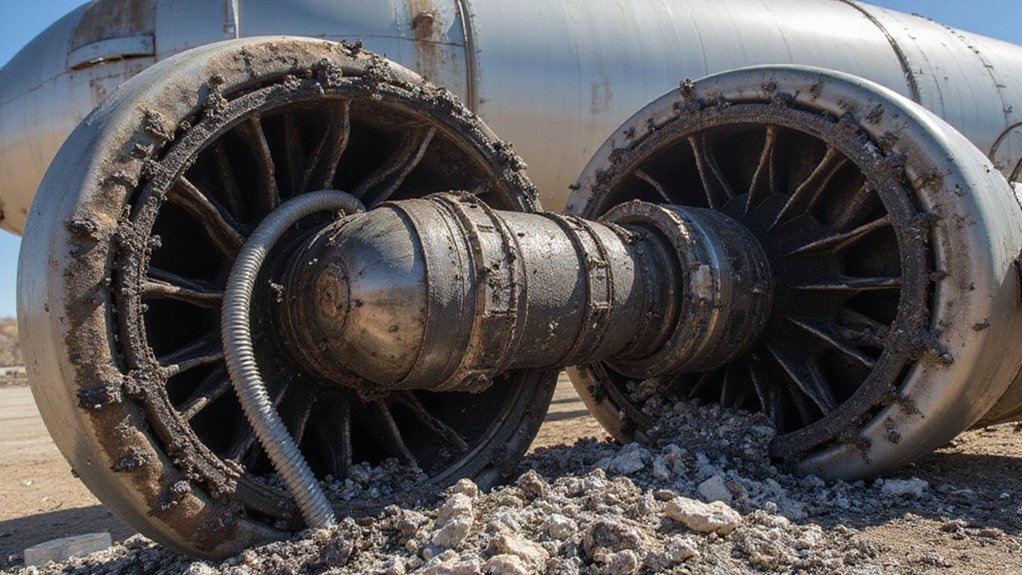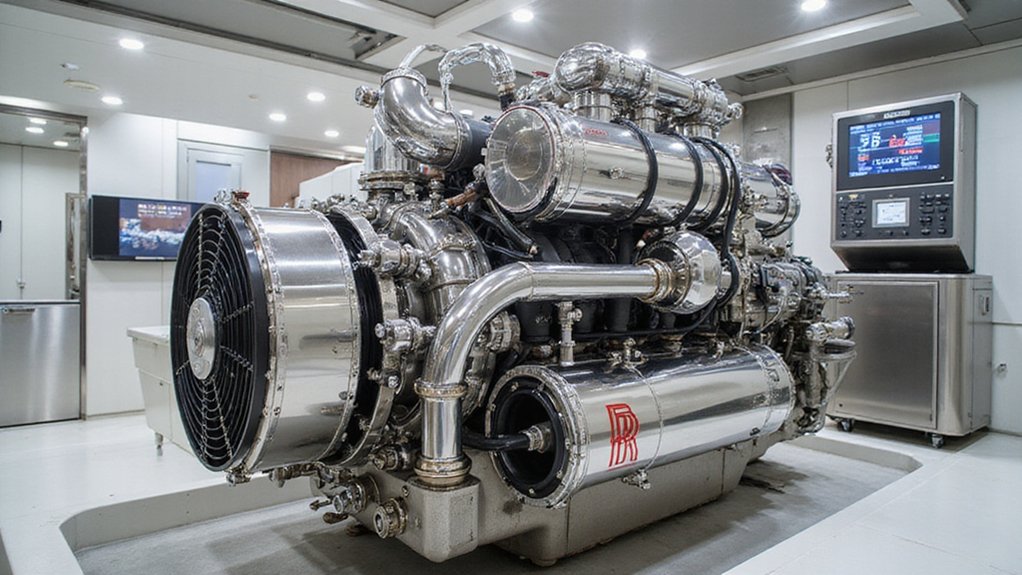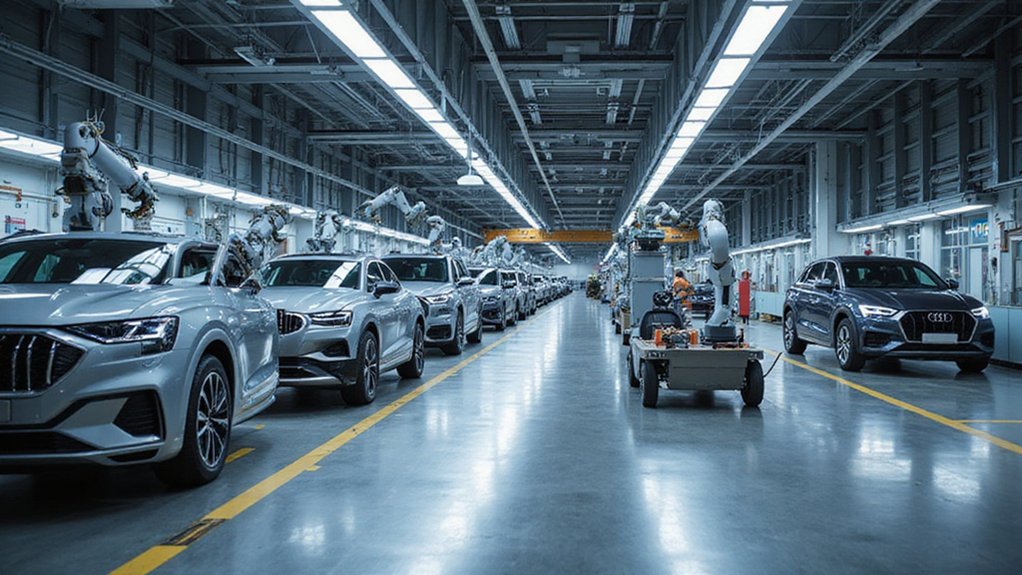SpaceX keeps blowing up their rockets, and the culprit might be hiding in plain sight. The company’s redesigned engine bay, meant to fix old problems, has instead created a cascade of new failures that keep turning Starships into expensive fireworks.
The trouble started when SpaceX adopted a hot staging technique borrowed from the Russians. They added a ring with multiple vents around the engine bay, thinking it would smooth out stage separation. Sounds smart on paper. In practice? Not so much.
Flight 7 saw harmonic resonance tear through the aft section like a bad bass line at a concert. Pipes leaked, pressure surged in the Ship’s Attic compartment, and suddenly SpaceX had a whole new set of problems.
Harmonic resonance tore through the aft section like a bad bass line at a concert
Flight 8 wasn’t much better – a fire broke out near a Raptor vacuum engine, right there in the fancy new bay. Multiple rapid unscheduled disassemblies followed, one after another, like dominos falling.
The pattern is getting old. Engine shutdowns lead to thrust vector control loss, which leads to uncontrolled spins, which leads to boom. It’s a failure chain that keeps repeating, and the new hot staging ring seems to be making things worse, not better.
Heat and pressure from the vents reflect back into the bay. Propellants leak. The Attic compartment turns into a pressure cooker. SpaceX keeps tweaking feedlines and adding insulation, but the fixes aren’t working. They’re playing whack-a-mole with engineering problems. The company’s proposed fix includes adding more engines, jumping from 33 to 39 engines total, but that might just complicate the plumbing even more.
Ship 35’s static fire tests show just how nervous they’ve become. Single-engine tests, six-engine tests, multiple configurations – they’re throwing everything at the wall to see what sticks. SpaceX plans to test an improved hot staging system with a longer ring and larger vent holes as early as flight 11.
Meanwhile, the launch pad needs constant upgrades from all the damage. SpaceX is considering expanding from 33 to 39 engines and redesigning vent geometries. They’re touting the new Raptor Engine 3 like it’s some magic bullet.
But if they can’t figure out basic pressure management in the engine bay, adding more engines might just mean bigger explosions. The irony is thick. A design meant to match Russian reliability has instead created uniquely American failures.









